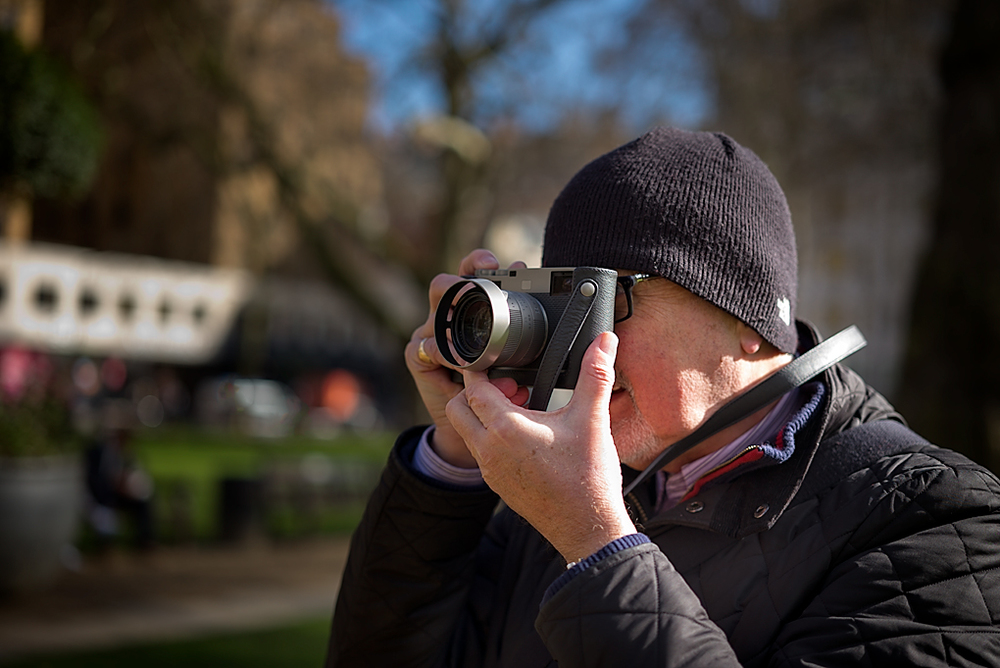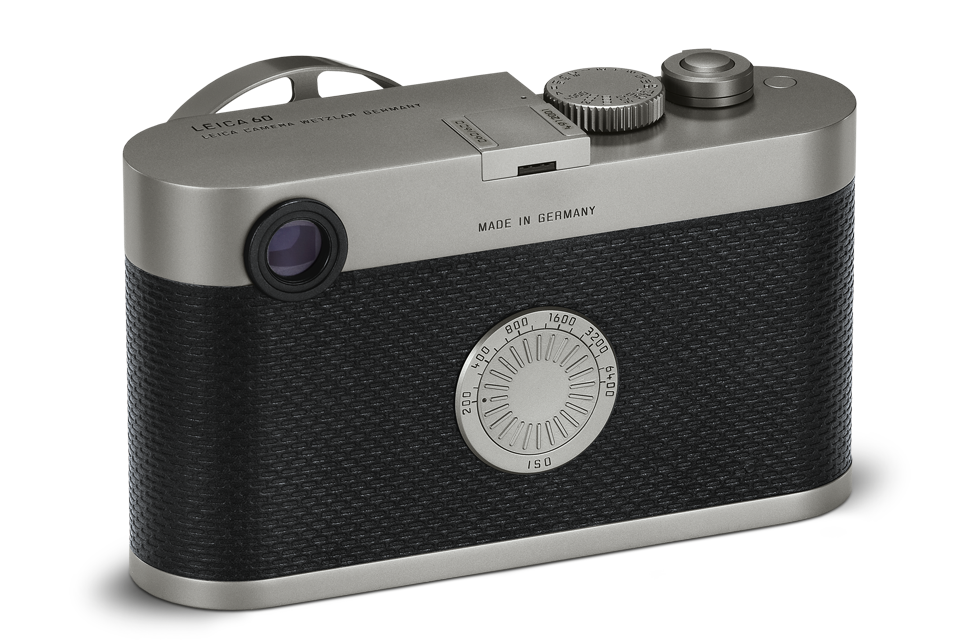
When the press release announcing the new stripped-down M262 appeared in my inbox I expected to find it was a consumer version of last year’s screenless wonder, the M60 special edition. I liked that camera immensely, though with its steel body and steel lens it is a hefty beast.
I was therefore mildlt disappointed in the M262 announcement, although I do think it will appeal to Leica users who have no need for video and complexity. Were it not for the reduced buffer size, I would choose it over my M-P. Yet I believe there is a still a strong possibility of our seeing a production version of the M60 pared down to das absolute bare Wesentliche, to borrow Leica’s strapline.

Over a year ago at Photokina I had the opportunity to interview Leica’s marketing head, Stefan Daniel, and spent some time discussing with him the interesting new M60. Will we see a production version, I asked. I sensed he was keen on the idea but he said he would have to the gauge reaction to the limited edition. I suspect the idea has not left his head.
Feature bloat
In the past few years cameras have become hideously complex and computer-like, with often impenetrable menus and far too many options. Feature bloat has become a hazard rather than a benefit, with a plethora of buttons, including video buttons, to press in error. In reaction to such largesse there has been a corresponding rise in popularity of a simpler form of photography with a surge in old-fashioned film cameras, largely Leica Ms.

Yet for every photographer attracted to the simplicity of film, there is another who would welcome a simpler camera but is put off by the hassle of dealing with film. Processing film is now becoming expensive and, unless you do it yourself, there is a significant delay between pressing the shutter and seeing the results. I don’t particularly mind that delay—in fact, it is sometimes fun to be surprised by stuff you had forgotten taking—but the cost is definitely becoming a significant factor.
A production version of the M60 would fill an important niche. It would offer all the concentrated purity of film but with the added convenience of a digital sensor: A film camera without film, in other words.

Holy trinity
All you need to produce good photographs is the holy trinity available to any film shooter: Aperture, shutter speed, and sensitivity. Chimping is unnecessary, as is the myriad of adjustments needed for in-camera processing of jpegs. It is the way many of us already use the rangefinder M, eschewing all the superfluous options and concentrating solely on the essentials. In many ways, this simplicity fits the ethos of rangefinder photography. There are plenty of alternatives, including Leica’s SL and Q, for those who want more in-camera control. In fact, the arrival of the SL perhaps allows Leica the leeway to return the M to basics. Few would mourn the loss of video on the M, for instance: The cheaper SL simply does it better.
The M60 edition allows the user to concentrate on taking pictures, with processing reserved for later. It produces RAW files and RAW files only. All the detail is there and you have the opportunity to adjust later, just as in a darkroom session with film and print.
Many would say this is one retrostep too far. But I do not think so. I welcomed the M60 for its purity and singe-minded objectivity. It is a refreshing change from feature bloat that we are used to on modern cameras.
I sincerely hope that the M262 is not the last we have heard of Leica’s back to basics drive. Strip the M down to the absolute essentials and we would have a digital camera to compete with the undeniably attractive purity of film. It would sell, of that I am convinced.

Released in 2014, the M60 did not interest me nor did any Leica M system because of the
Price, too much for me to afford, I liked the idea of no screen but because I could never afford it, why fantasize about it. Later I bought the noctilux followed by the M10-p and latest edition a used M edition 60 kit for a Leica store in very good condition. What drove me to buy it was the 35 mm f1.4 lens, why buy the norm for around $5k when I can get this in stainless steel and to me the lens is just beautiful and always attracted me. Buy the set and sell off the body as I had the M10-P but after holding it in my hands I fell in love with the body as I was all up for an m body with no screen so finally I have one in a limited edition and used it for the first time, amazing feeling of liberation although I felt how I will shoot knowing that it only had center weight metering that was inaccurate in the desired exposure, BUT in post process one gets the image corrected, that said I plan to judge exposure myself in the field for a motor satisfying photography experience, this for me is a keeper, very beautiful and iconic design, just know the very first screen less camera for Leica
I well remember the excitement of borrowing that M60 kit from Leica. It was something so different and I agree that the styling was superb — apart from the lack of strap lugs. I am glad to see that Leica continued to develop the idea and I now use the M10-D as my sole digital rangefinder.
Interesting thoughts Mike, when I saw the "Mirrorless Rumour" of the "type 262" I thought… At last!
I was and still am disappointed by the reality. We still have the display, but we don’t have the functionality that we have become accustomed to… namely, the video and the live view… Isn’t the second of those, the tech that enables macro photography, especially with the optional electronic viewfinder, but also with the display?
And then there is the change from a brass top plate, to something else, so not really an M any more, either!
I do hope that Leica have something in the pipeline, because that M60 is right on the edge of acceptability in terms of what I am prepared to pay for one camera, especially one camera that has a lens that I don’t really want. I prefer a 28/50/90 combination or perhaps even wider… "out of focus king" or not.
Anyway, we shall have to hope Santa still has something in his bag.
Not sure about Santa. Time is running out for the bearded gent. But perhaps we will be able to make it a New Year’s resolution. Fingers crossed.
I could live without an LCD screen. On a mass production level how much less expensive would it make the M 262? If you are offering an automatic mode then you need to offer Auto ISO in manual mode. It’s an awesome way to shoot. In most cases I could care less what the ISO needs to be. But I do know what shutter speed and /or aperture works best for what I’m trying to capture. Let the camera choose it. Otherwise in purist fashion, only offer manual exposure mode.
I tend to agree with you. The M60 edition did not have auto ISO but I think it would be something they could add given that the processor is probably the same as the M, just options disabled. As for cost, I have no great hope that it would be cheaper than the latest M262 and, because of limited production, it could even be more expensive. That would be a pity. At around 15% less than the M262 it would be attractive.